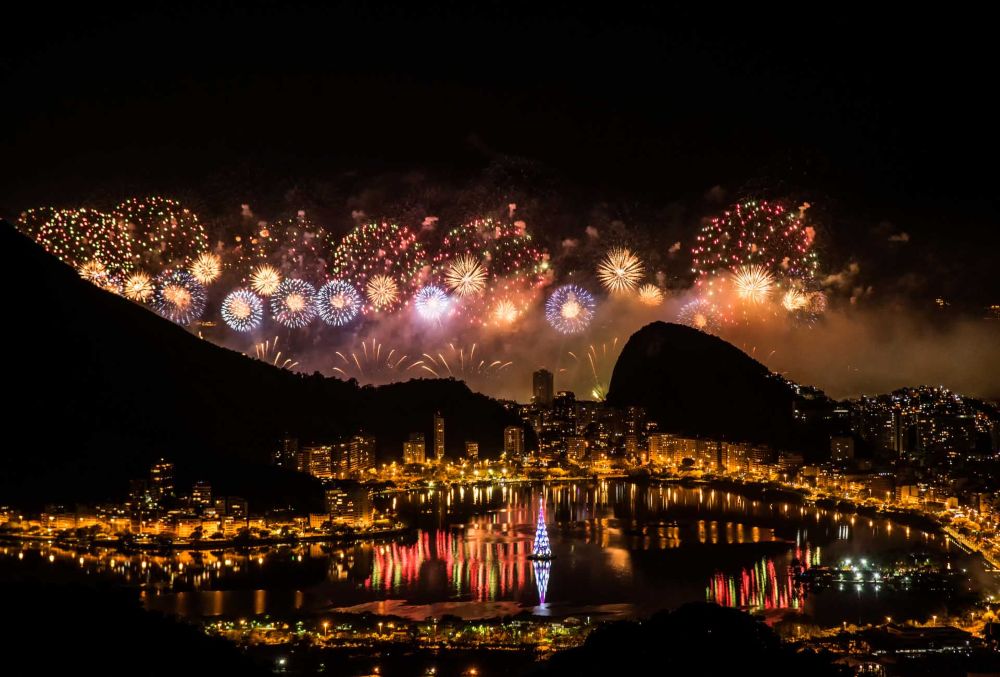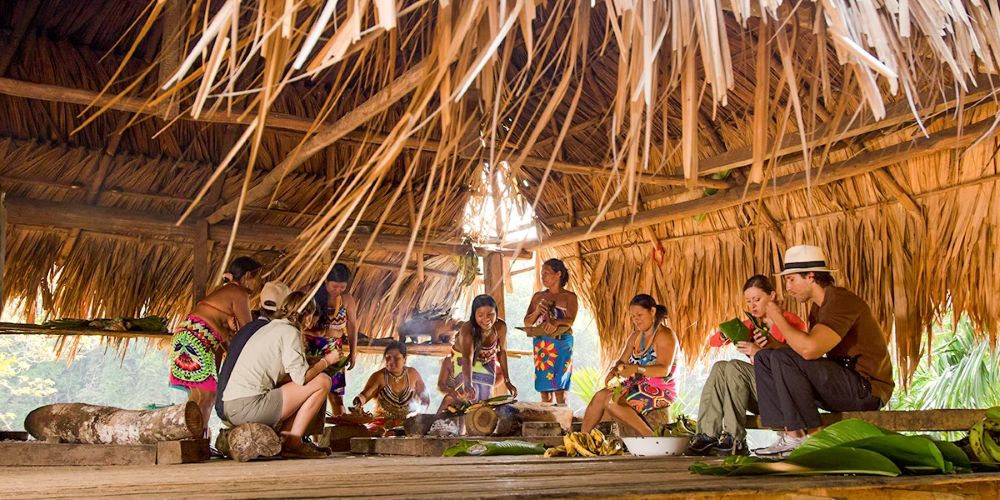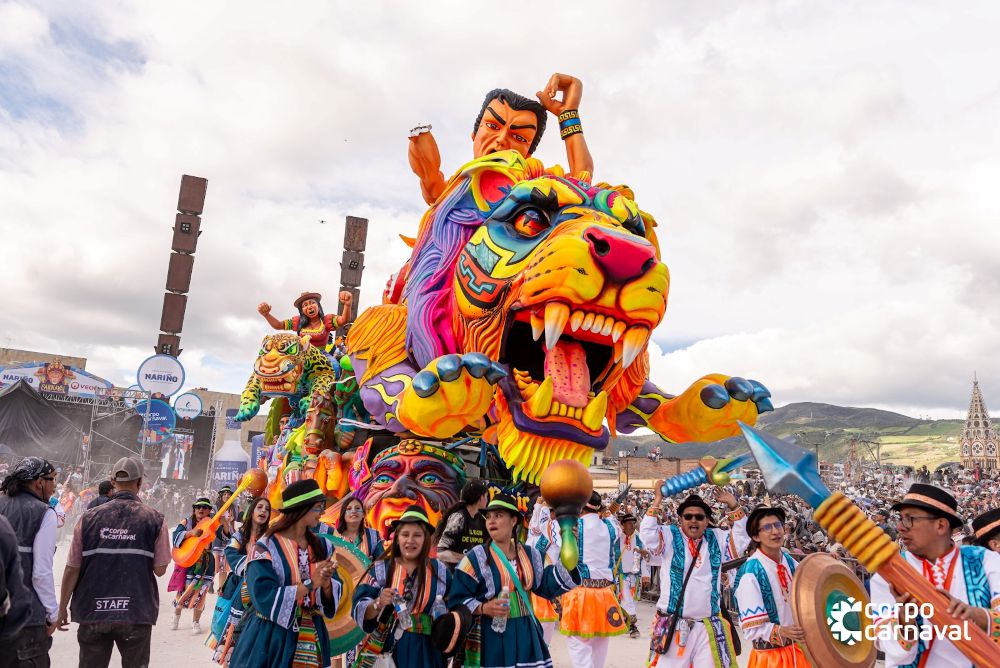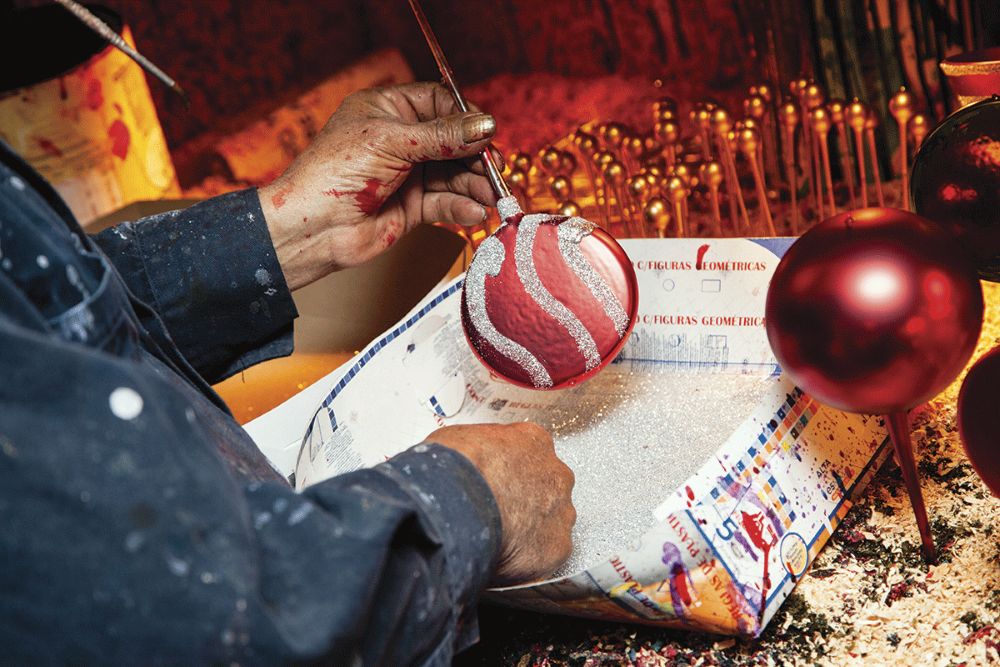[et_pb_section fb_built=”1″ fullwidth=”on” _builder_version=”3.0.89″ custom_margin=”0px|0px|0px|0px”][et_pb_fullwidth_header title=”CARNET DE VOYAGE” subhead=”Pérou précolombien – Un berceau de créativité” text_orientation=”center” _builder_version=”3.0.89″ title_font=”Montserrat||||||||” title_text_align=”center” title_font_size=”72px” title_text_color=”#000000″ subhead_font_size=”24px” subhead_line_height=”1.5em” custom_padding=”0px|0px|0px|0px”][/et_pb_fullwidth_header][/et_pb_section][et_pb_section fb_built=”1″ fullwidth=”on” _builder_version=”3.0.47″][et_pb_fullwidth_image src=”https://test.visit-latin-america.com/wp-content/uploads/2017/11/caral.jpg” _builder_version=”3.0.89″][/et_pb_fullwidth_image][/et_pb_section][et_pb_section fb_built=”1″ _builder_version=”3.0.89″ custom_padding=”50px|0px|0px|0px”][et_pb_row custom_padding=”0px|0px|0px|0px” _builder_version=”3.0.47″ background_size=”initial” background_position=”top_left” background_repeat=”repeat”][et_pb_column type=”4_4″ _builder_version=”3.0.47″ parallax=”off” parallax_method=”on”][et_pb_text _builder_version=”3.0.89″ text_font=”||||||||” text_text_color=”#ffffff” custom_margin=”-100px||100px|”]
Caral
[/et_pb_text][et_pb_text _builder_version=”3.0.89″]
Le musée du Quai Branly propose une exposition sur le Pérou avant les Incas ! A voir absolument pour les passionnés d’histoire et si vous avez un projet de voyage au Pérou !
Carole Fraresso, experte-consultante en art Précolombien et fondatrice de la maison Motché Paris-Lima, maison d’orfèvreries aux pièces issues d’un riche savoir-faire auquel s’ajoute les traditions et l’identité andine, m’a justement parlé du Pérou Précolombien !
« Le Pérou, de part sa géographie et sa biodiversité unique au monde, a été le berceau de nombreuses civilisations depuis les premiers établissements, vers 10.000 av. J.-C. Dans la pensée européenne, ce vaste territoire a longtemps été assimilé à la seule civilisation Inca ; son développement culturel n’a pourtant duré qu’une centaine d’années. Grâce au travail des archéologues, nous savons aujourd’hui que le Pérou a été, durant 5.000 ans, le foyer créatif, parfois innovant, de grandes civilisations qui se développèrent sur la côte péruvienne (Caral, Paracas, Nazca, Mochica, Lambayeque et Chimu) et dans les Andes (Chavin, Huari, Tiahuanaco et Inca). Beauté et émotions, créativité culturelle et technologique, les vestiges matériels et immatériels de ces civilisations ne cessent de surprendre ceux et celles qui les découvrent, car il n’existe aucun autre panorama identique dans le monde.
[/et_pb_text][/et_pb_column][/et_pb_row][/et_pb_section][et_pb_section fb_built=”1″ _builder_version=”3.0.89″ custom_margin=”0px|||” custom_padding=”0px||0px|”][et_pb_row custom_padding=”27px|0px|0px|0px” _builder_version=”3.0.47″ background_size=”initial” background_position=”top_left” background_repeat=”repeat”][et_pb_column type=”2_3″ _builder_version=”3.0.47″ parallax=”off” parallax_method=”on”][et_pb_text _builder_version=”3.0.89″ custom_margin=”|100px||”]
Pérou : un héritage millénaire
C’est aux alentours de 3.000 av. J-C qu’apparaissent les bases de la grande civilisation andine. L’architecture monumentale de Caral est la plus ancienne évidence de l’existence de sociétés sédentaires avec un système économique, politique, religieux et social. Caral incarne la maîtrise de l’agriculture dans les vallées arides de la côte et devint le pilier central qui permit, 1.500ans plus tard, le développement des grands centres cérémoniaux dans tout le territoire andin ; son aboutissement a été Chavín de Huantar, dans la sierra du nord.
La civilisation Chavín (900 – 200 av. J-C) a développé l’art de la sculpture lithique, de la céramique et de l’orfèvrerie pour afficher et diffuser les images de leurs principales divinités (oiseau, félin, serpent) et les êtres hybrides sacrés qui légitimaient le pouvoir divin des gouvernants. Ces codes religieux, qui étaient utilisés lors des cérémonies et comme offrandes funéraires, seront récurrents dans les arts de toutes les civilisations du Pérou ancien.
L’anthropomorphisation de ces animaux sacrés dans l’art précolombien marquera un mom&ent clé dans le développement des cultures du Pérou ancien. Le pouvoir est dès lors matérialisé à travers la représentation d’un personnage anthropomorphe tenant dans ces mains des bâtons de commandement. Il est représenté avec des crocs de félin, des griffes d’oiseau et une ceinture de serpent dans l’art de nombreuses cultures du Pérou.
La disparition du culte Chavín, a laissé place au développement de différentes traditions culturelles régionales et à l’émergence de sociétés étatiques qui souligne un changement dans le panorama artistique andin. Dans les vallées de la côte nord se développèrent les cultures Vicús et Mochica ; puis Lambayeque et Chimú. Ces dernières excelleront dans les arts de la haute-joaillerie.
[/et_pb_text][/et_pb_column][et_pb_column type=”1_3″ _builder_version=”3.0.47″ parallax=”off” parallax_method=”on”][et_pb_image src=”https://test.visit-latin-america.com/wp-content/uploads/2017/11/chavin.jpg” _builder_version=”3.0.89″][/et_pb_image][et_pb_text _builder_version=”3.0.89″ text_font=”||||||||”]
Divinité féminine, Chavin Museo Larco, Lima
[/et_pb_text][/et_pb_column][/et_pb_row][/et_pb_section][et_pb_section fb_built=”1″ _builder_version=”3.0.47″ custom_padding=”36px|0px|0px|0px”][et_pb_row custom_padding=”0px|0px|0px|0px” _builder_version=”3.0.47″ background_size=”initial” background_position=”top_left” background_repeat=”repeat”][et_pb_column type=”4_4″ _builder_version=”3.0.47″ parallax=”off” parallax_method=”on”][et_pb_text _builder_version=”3.0.89″]
La culture Mochica (100 – 800 ap. J-C) est célèbre pour ses trésors d’orfèvrerie, sa céramique sophistiquée et ses temples monumentaux construits avec des briques d’adobe ; dans le sud, la culture Paracas (800 av. J-C – 200 ap. J-C), mondialement connue pour ses somptueux textiles, ses fardeaux funéraires et sa médecine avancée, déploiera toute sa créativité dans l’art textile et la plumasserie. Peu après, surgit la culture Nazca (1 – 800 ap. J-C) dont les lignes et figures tracées dans le désert surprennent aujourd’hui encore le monde entier.
Vers la fin du VIème siècle, le phénomène El Niño affecta fortement le milieu naturel ayant pour conséquence la perte de crédibilité des structures politiques en place et l’apparition de nouvelles expressions idéologiques à caractère plus impérial. Dans ce contexte apparaissent simultanément la culture Huari (800 – 1300 ap. J-C) dans la sierra sud et la culture Lambayeque sur la côte nord. Dans l’art Lambayeque est alors représenté une nouvelle divinité avec des yeux ailés et d’imposants ornements d’oreilles. Ce personnage, connu sous le nom de Naylamp, aurait été le héros fondateur de la dynastie gouvernante.
Au XIIème siècle, après à la chute de l’empire Huari, naissent de nouveaux états régionaux. La côte nord fut dominée par l’empire Chimú (1300 – 1532 ap. J-C) qui vénérait particulièrement les divinités féminines de la lune – Shi – et de la mer – Ni. Leurs images étaient diffusées à travers l’utilisation de parures et de vaisselles en argent et de motifs récurrents de poissons, de pélicans et de coquillage Spondylus princeps. Sur la côte sud se développait la culture Chincha qui mit en place d’importants réseaux d’échanges maritimes et terrestres. Sur la côte centrale prospérait la culture Chancay célèbre pour sa poterie particulière de couleur blanche et son art textile de gazes de qualité remarquable ; tandis que dans les vallées de Lima et Lurín s’élevaient les seigneurs de la culture Ychma qui contrôlaient l’oracle de Pachacamac, la déesse la plus importante de la côte du Pacifique.
[/et_pb_text][et_pb_image src=”https://test.visit-latin-america.com/wp-content/uploads/2017/11/machu-picchu-1.jpg” align=”center” _builder_version=”3.0.89″ custom_margin=”25px|||”][/et_pb_image][et_pb_text _builder_version=”3.0.89″ custom_margin=”||25px|150px”]© Guillermo Vilcherrez
[/et_pb_text][et_pb_text _builder_version=”3.0.92″ custom_margin=”||30px|”]
Au XIVème siècle, les Incas débutèrent, depuis la vallée de Cusco, une politique d’expansion qui mènera à la création du plus grand empire de l’Amérique préhispanique : le Tahuantinsuyo. La grande particularité inca a été l’intégration des peuples ayant des traditions culturelles et artistiques diverses à l’organisation étatique de l’empire. Peu enclins au développement des arts, les Incas incorporèrent les connaissances et les succès des sociétés assujetties à leur empire comme l’orfèvrerie du nord, l’architecture de la côte centrale, les techniques d’élevage de l’Altiplano et le système commercial efficient des peuples du sud.
Durant plus de 400 ans, lorsque le Pérou d’avant la conquête était évoqué, seule la civilisation Inca était mentionnée. C’est ainsi que ce grand empire, créateur de merveilles universelles comme la grande citadelle de Machu Picchu, est devenu mondialement célèbre. »
[/et_pb_text][et_pb_button button_url=”https://www.facebook.com/sharer/sharer.php?u=https://test.visit-latin-america.com/perou-precolombien/” url_new_window=”on” button_text=”Partager sur Facebook ” _builder_version=”3.0.92″ button_alignment=”center” custom_button=”on” button_font=”||||||||” button_text_size=”15px”][/et_pb_button][/et_pb_column][/et_pb_row][/et_pb_section]







